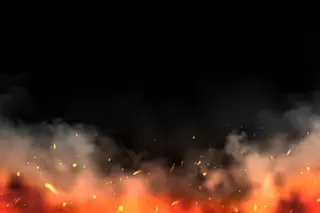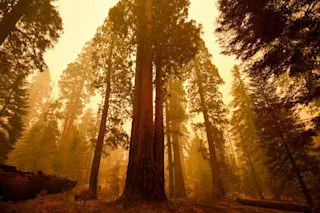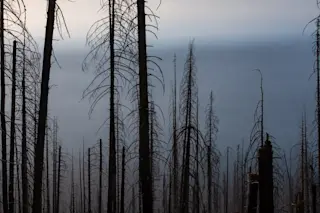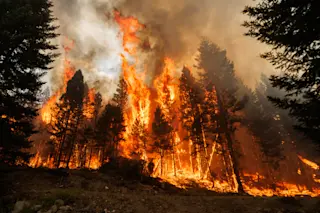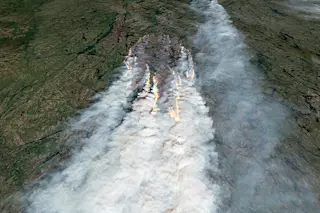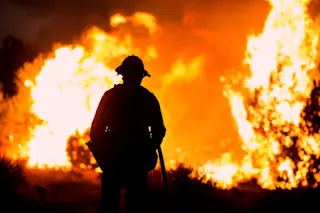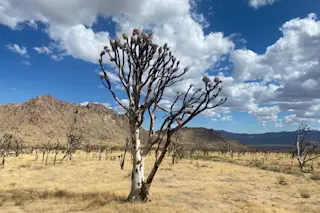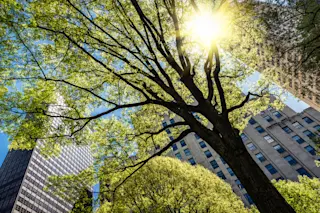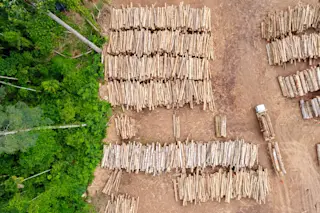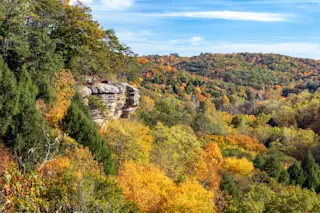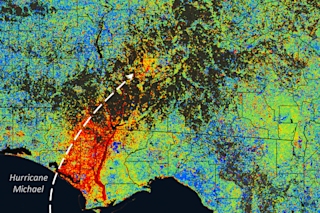In April 2022, forestry workers started a small number of fires in the Santa Fe National Forest near a remote mountain called Hermit’s Peak. The plan, part of a nationwide program of controlled burns, was to thin out the dense pine woodlands to reduce the risk of a bigger, uncontrolled burn later.
The team was aware of the two ways that wildfires usually spread. The first is via direct contact with nearby trees and grass, which is relatively easy to predict. But the second is much harder. Known as spotting, it involves burning embers, or firebrands, being blown away from the main conflagration and triggering secondary blazes further away.
An important part of the team’s plan was to place spotters downwind of the controlled burn so that they could immediately extinguish any unwanted blazes.
But the team significantly underestimated the distance that embers could travel, and the fire quickly spread ...


